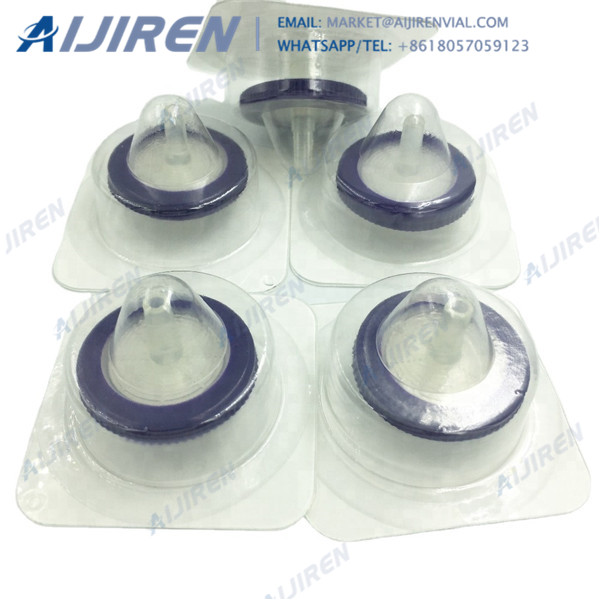
Dental units are equipped with small-bore flexible plastic tubing that supplies water to different hand pieces, such as the air-water syringe, the ultrasonic scaler, and the high-speed hand piece. Units may be supplied with municipal water or from separate reservoirs containing either distilled or sterile water ( 13 ).
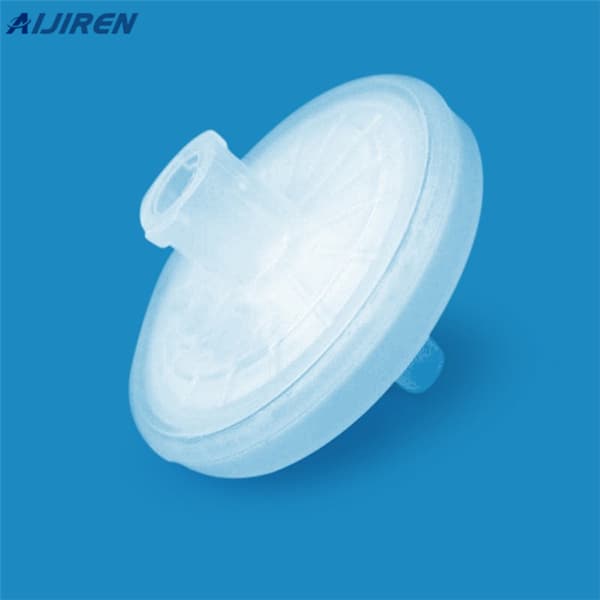
With low extractables and low analyte-binding membranes, Millex® syringe filters are the most convenient, highest-quality syringe filters for sensitive instrumental analyses, including gas, liquid, and ion chromatography. Wide chemical compatibility enables their use with virtually any sample composition. Request your FREE Millex® filter sample!
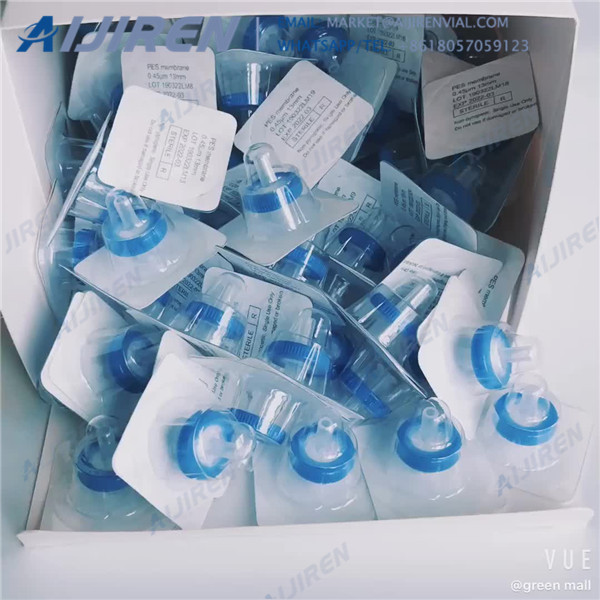
Clear PTFE (Hydrophobic) Syringe Filters, 0.45 µm, 4 mm (200/Pack) have broad chemical compatibility and high pH resistance. These are versatile filters for use with aggressive organic solvent-based solutions and are especially ideal for HPLC sample preparation. The pure polypropylene housings are. Related Products: 0.45 Ptfe Filter.
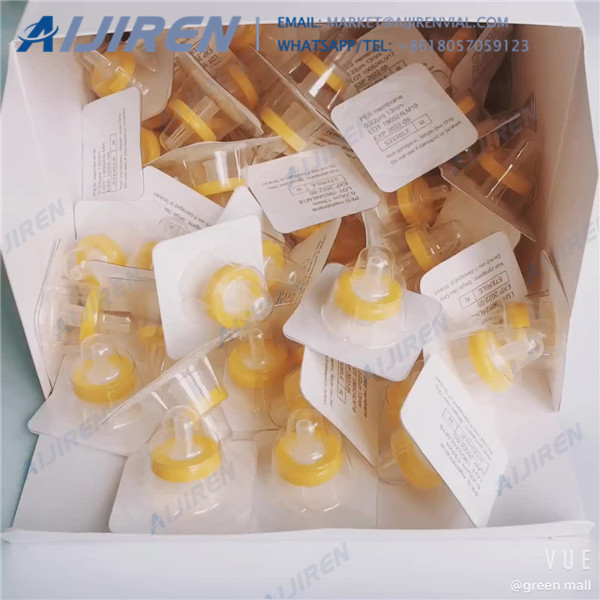
Oct 06, 2020 · A double strategy based on the removal of sulfonamide antibiotics by Pleurotus ostreatus and adsorption on spent mushroom substrate was assessed to reclaim contaminated wastewater. P. ostreatus was firstly tested in a liquid medium fortified with five sulfonamides: sulfamethoxazole, sulfadiazine, sulfathiazole, sulfapyridine and sulfamethazine, to evaluate its capacity to remove them and to
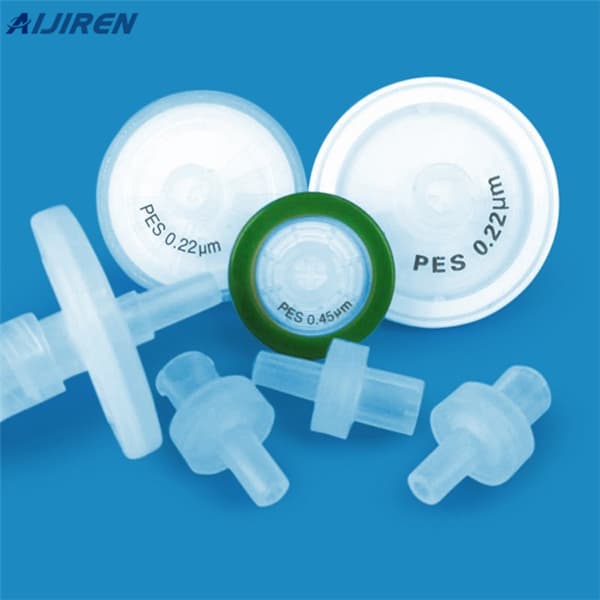
Sep 20, 2021 · The reactions were initiated by the addition of a catalyst, and small aliquots (~500 μl) of the reaction solution were extracted through a syringe filter (0.22 μm, polypropylene) at
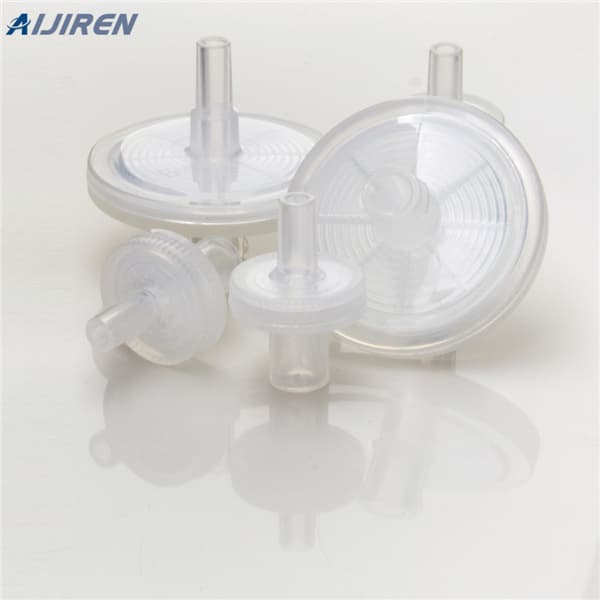
This technique can be used for most membrane filters with a single refractive index. The refractive index for Durapore membrane is 1.42 and for MF membrane its 1.50. Please note that this does not work for polycarbonate membranes because these membranes have more than one refractive index (1.62 and 1.58).
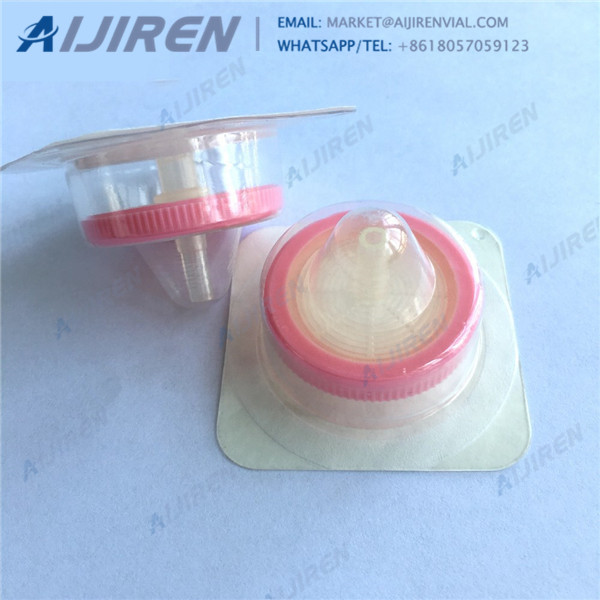
These tables show five common syringe filter materials -- Cellulose Acetate (CA), Nylon, PES, PTFE, and PVDF -- and their compatibilities with 75 common solvents. Compatibility Tables Compatibility Grades. The tables below indicate a compatibility grade for each material/solvent combination. Safe means that the combination is confirmed compatible.
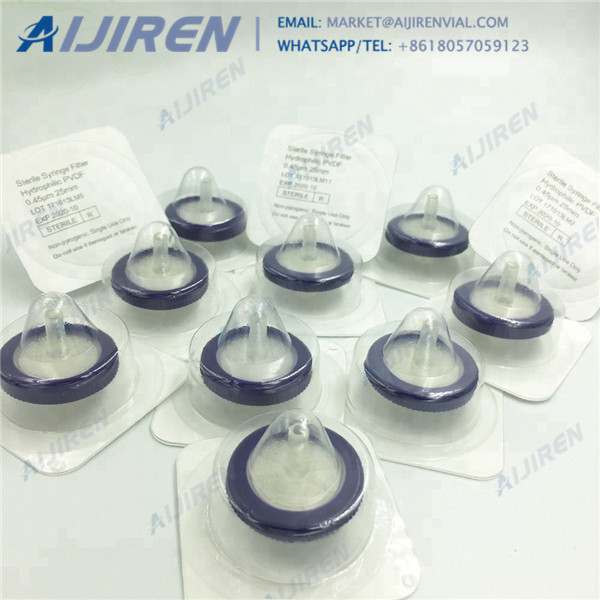
Feb 17, 2020 · The key differences are chemical compatibility, flow rate, and burst pressure (i.e. strength). The material will also give variation in the effective filtration area (EFA) and therefore the capacity of the filter. The main options of syringe filters are below: PTFE Hydrophobic Syringe Filters 0.22 or 0.45um
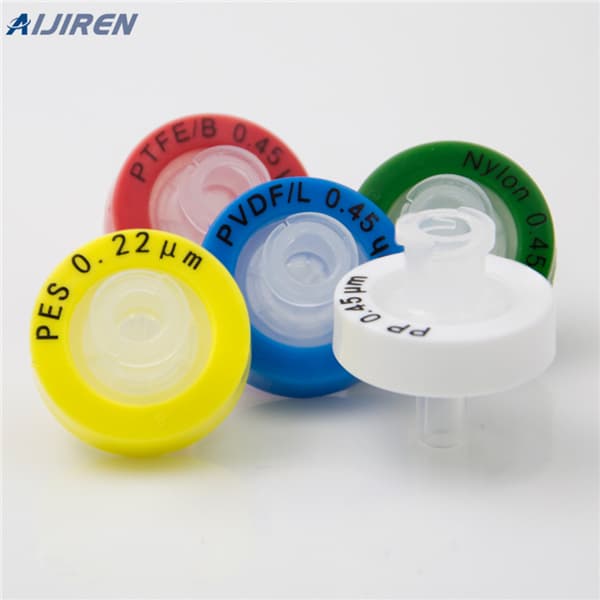
solvent compatibility ptfe 0.22 micron filter for food and beverage Nylon Membrane Filters, 0.22 Micron, 300 x 3000mm, Nylon membrane filter roll: 0.2 µm pore-size, 300 x 3000 mm. Hydrophilic, low-extractable, inert, durable material supported by an internal polyester web.
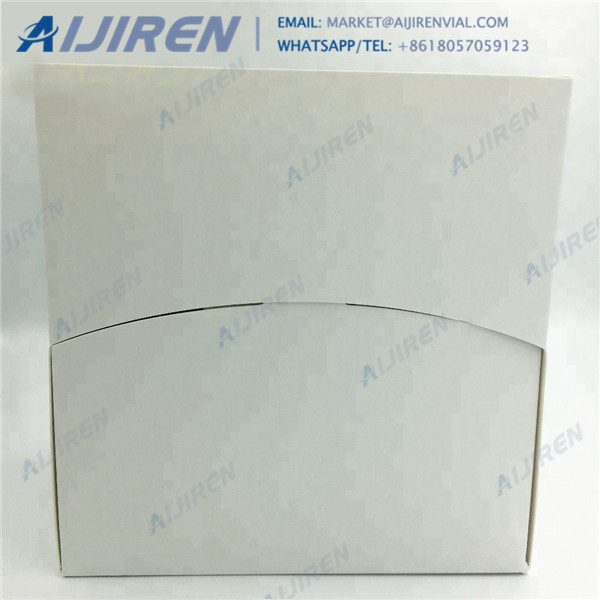
Chemical compatibility is a critical consideration when selecting the proper sample prep syringe filter for your application. This chart outlines the chemical compatibility of the most common syringe filters. The contact time was 24 hours at 20°C. Syringe Filter Chemical Compatibility Syringe Filter Chemical Compatibility Regenerated Cellulose
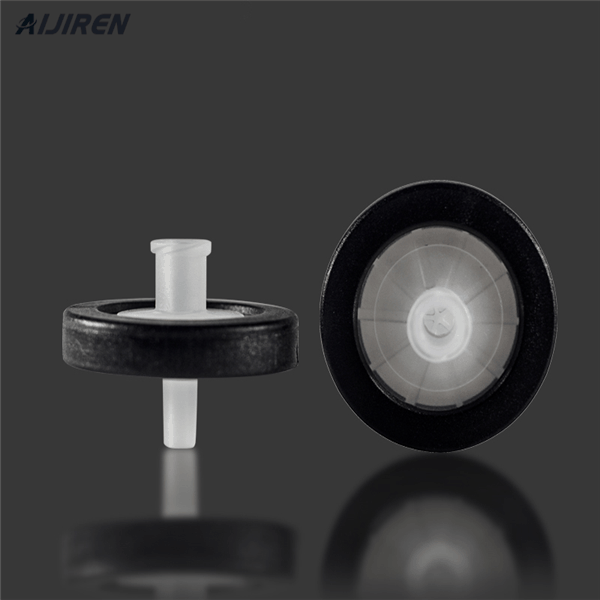
Review the chemical compatibility of Teflon® and PTFE with various chemicals, solvents, alcohols and other products in the cart below. Shop PTFE Please Note: The information in this chart has been supplied by reputable sources and is to be used ONLY as a guide in selecting equipment for appropriate chemical compatibility.
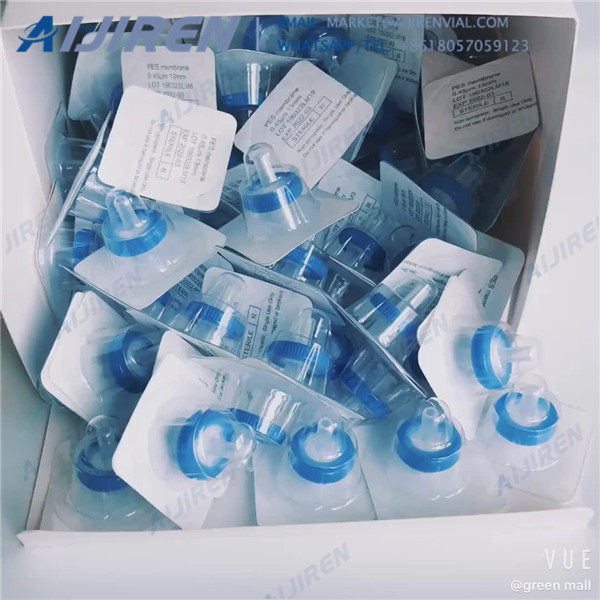
Polypropylene (PP) syringe filters are designed for aqueous or organic solutions that have high levels of debris and for difficult-to-filter solutions. It's a hydrophilic membrane with a wide range of chemical compatibility with organic solvents.
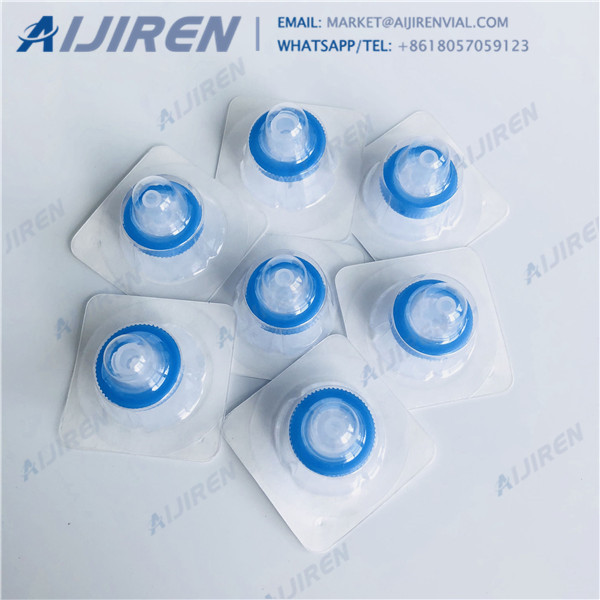
Nalgene Chemical Compatibility - Bottles & Containers. Key. E - No damage after 30 days of constant exposure. G - Little or no damage after 30 days of constant exposure. F - Some effect after 7 days of constant exposure. N - Immediate damage may occur. Not recommended for continuous use.
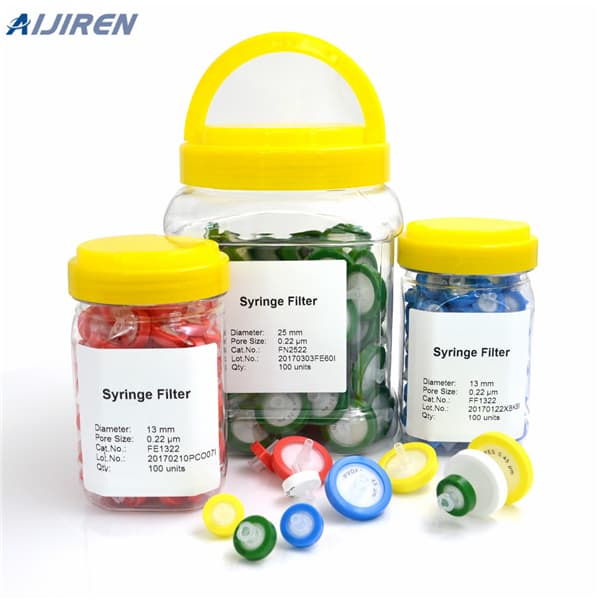
Jul 01, 2020 · DLLME is a three solvent system in which the disperser solvent serves as a bridge between the sample solution and extractant, due to its solubility/miscibility with both. Organic solvents with polarity indexes around 5.0 including acetone (5.1), acetonitrile (5.8), methanol (5.1) and ethanol (5.2) are soluble in most polar and non-polar
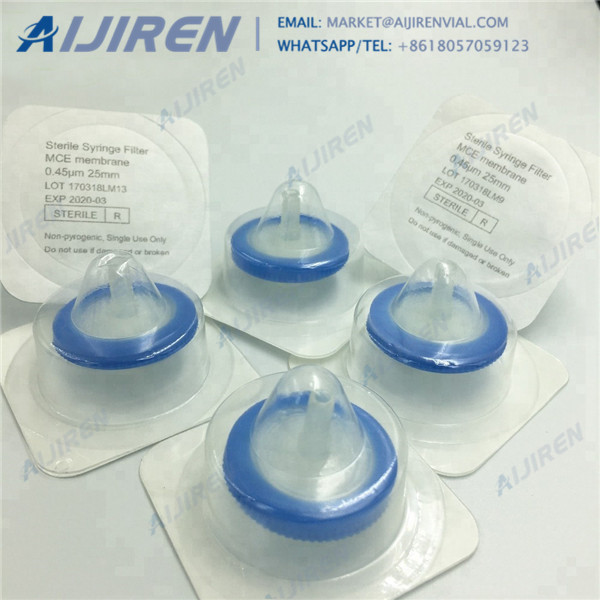
Syringe filters are single-use, membrane-based devices used for the removal of particulate impurities from liquid and gas samples prior to analysis by methods such as HPLC, ion chromatography, gas chromatography, ICP, and dissolution testing. Proper filtration of samples improves the quality and consistency of analytical results and decreases